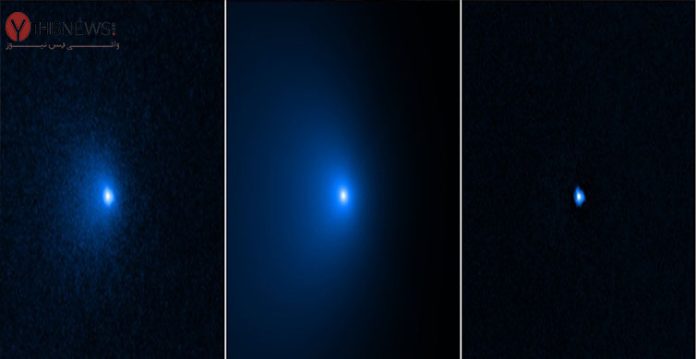Comet C/2017 K2, one of the largest comets ever seen, is about to make one of its rare trips through the inner solar system.
The comet, also known as K2 for short, was then the farthest active comet ever observed, a title it recently lost to mega comet Comet Bernardinelli-Bernstein.
Despite this, K2 is remarkable for its activity, even when reduced to one superlative. Unlike comets that usually wake up around Jupiter’s orbit, the comet began spewing gas and dust in the far outer solar system.
The icy body is finally coming close to Earth and its amateur astronomers. On July 14, K2 will make its closest approach to our planet, and on December 19, it will make its closest approach to the sun.
ALSO READ: NASA Delays Launch of Microwave Sized Cube to Moon
According to NASA solar system ambassador Eddie Irrizarry and Kelly Kizer Whitt in EarthSky, there is considerable uncertainty about the size of the comet’s nucleus, with observations suggesting a range of 11 to 100 miles (18 to 161 kilometers).
Because of this, C/2017 falls somewhere between Hale-Bopp and Bernardinelli-Bernstein in terms of size.
How to see the giant comet
You can see the comet for yourself via public online observatories like the Virtual Telescope Project, which will most likely host a watch party at some point in time. As the comet draws closer, you can also get your hands on a telescope and practice spotting objects using an app like Stellarium, which will also direct your lenses in the right direction.
As C/2017 K2 passes us in July, it will continue toward perihelion, which is its closest approach to the sun, before heading back out into deep space.
Nevertheless, every single prediction for comet activity is subject to change. It is common for comets to break apart or brighten unpredictably when they approach the intense heat and gravity of our sun. However, that characteristic makes them even more interesting for astronomers who want to understand how comets form.
(This story has been sourced from a third-party syndicated feed, agencies. Raavi Media accepts no responsibility or liability for the text’s dependability, trustworthiness, reliability, and data. Raavi Media management/ythisnews.com reserves the sole right to alter, delete or remove (without notice) the content at its absolute discretion for any reason whatsoever.)


